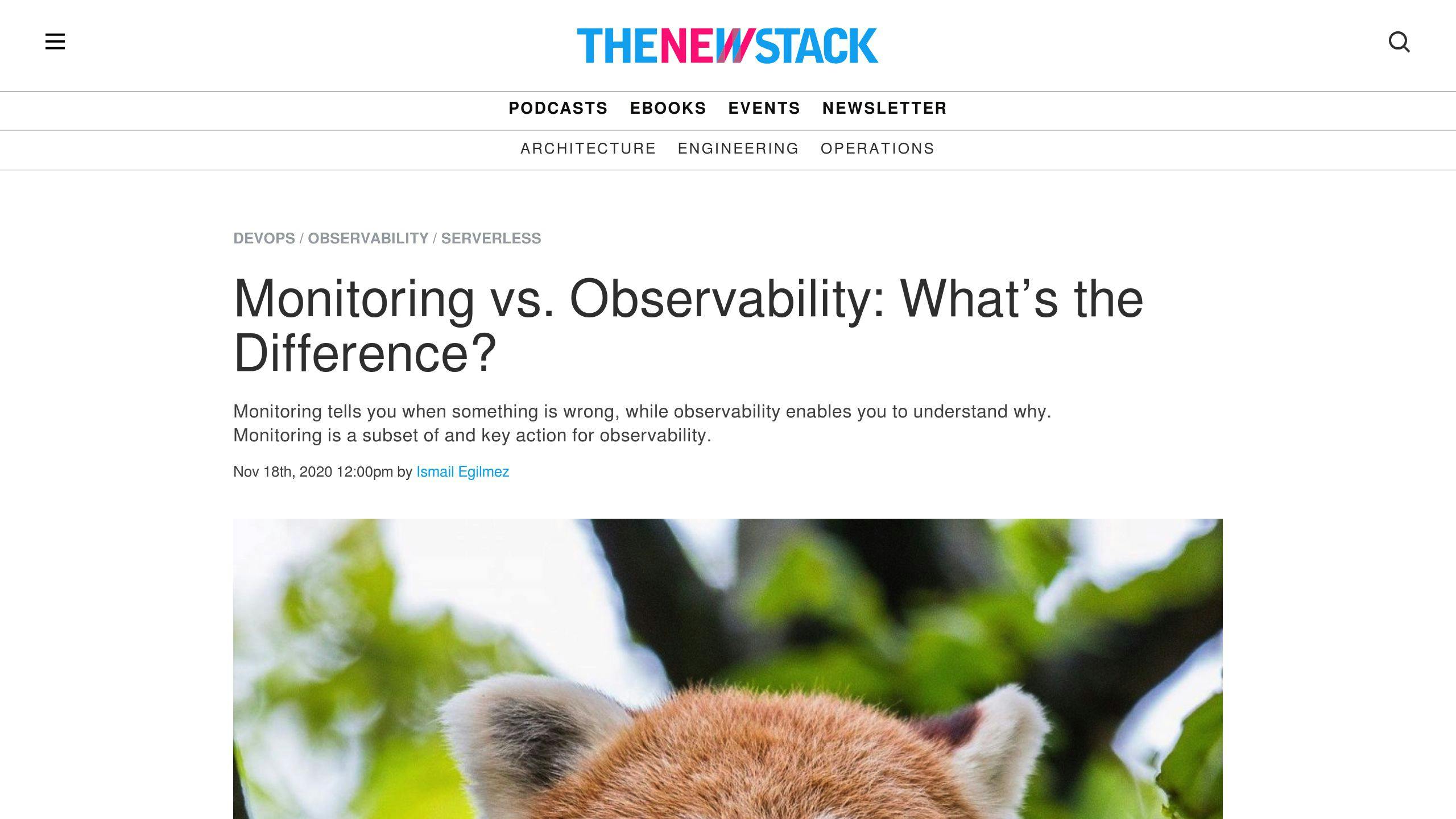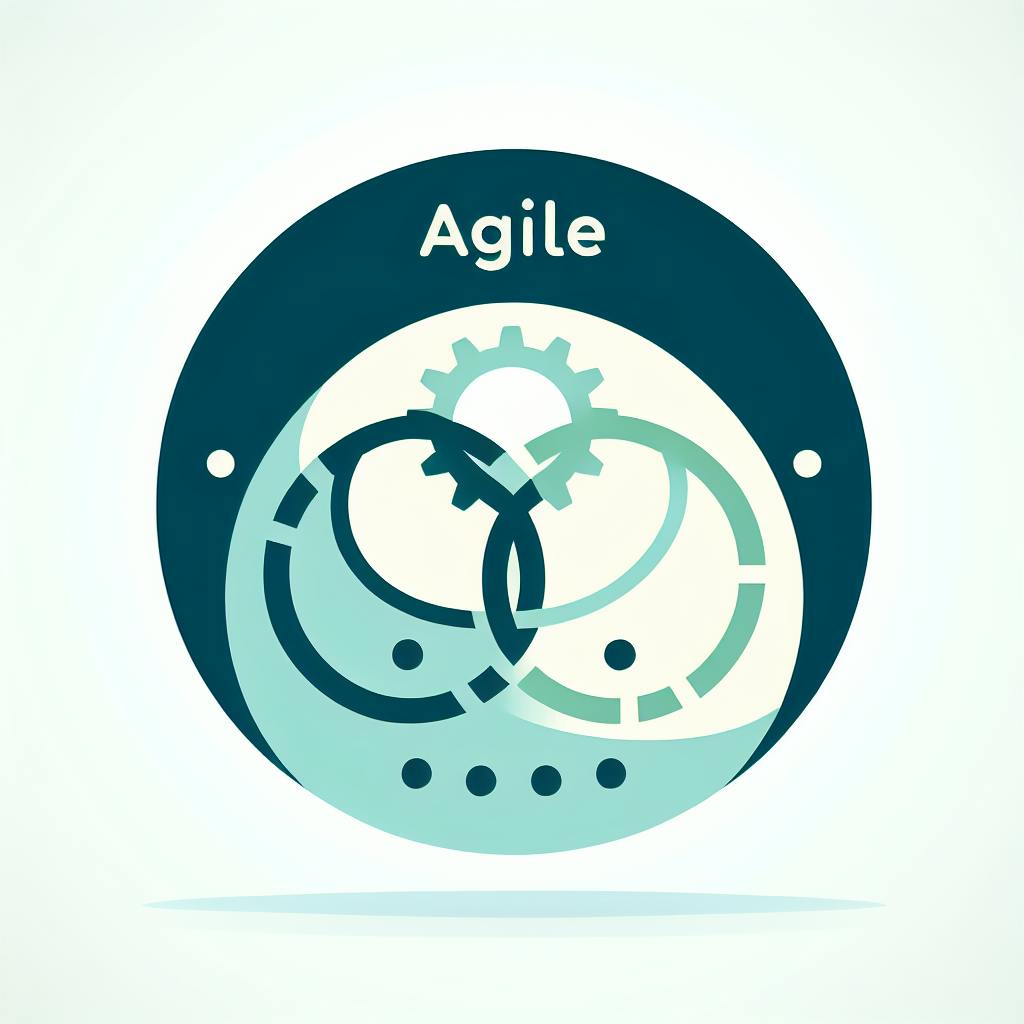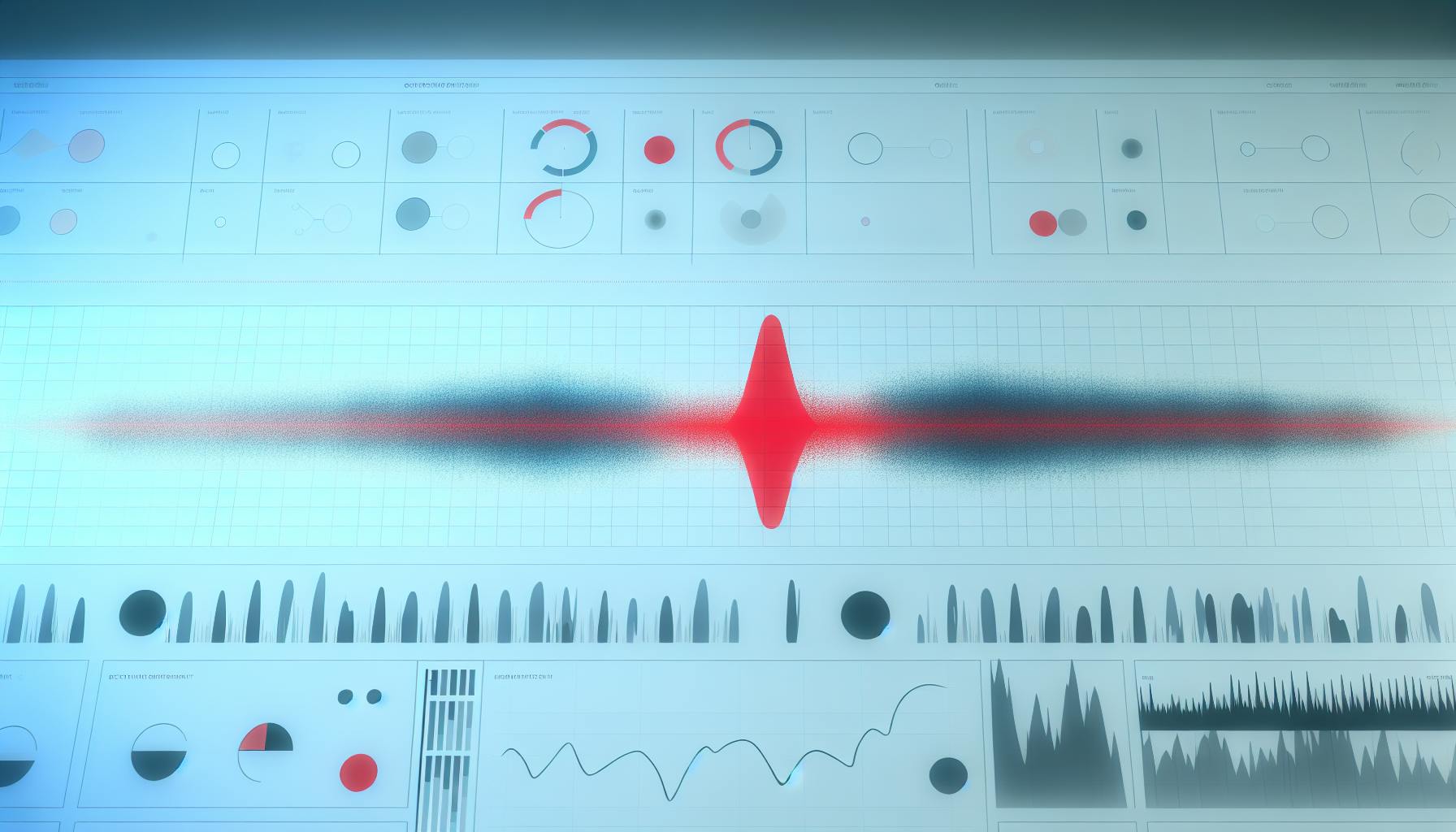Boomi Observability is your tech superpower to foresee and fix system issues before they impact customers. It centralizes logs, metrics, and traces from your systems to quickly identify and resolve problems, ensuring smooth operations. With smart alerts and analytics, it turns complex data into actionable insights. Whether you're setting up detailed logging, tracing, monitoring key metrics, or leveraging AIOps for advanced monitoring, Boomi Observability streamlines your processes. It's tailored for various industries, including healthcare, finance, and the public sector, adhering to stringent security and compliance standards. Discover how Boomi Observability can enhance system reliability, data integrity, and operational efficiency.
- Quickly identify and fix issues with centralized logs, metrics, and traces
- Ensure smooth operations with smart alerts and detailed analytics
- Tailored for various industries, meeting stringent security and compliance standards
- Streamline processes with detailed logging, tracing, and monitoring
- Leverage AIOps for advanced monitoring, automating problem detection and resolution
Boomi Observability isn't just a tool; it's an essential strategy for maintaining system integrity and efficiency across industries.
Key Principles of Observability
There are four main things that make observability work well:
- Instrumentation: This is about picking up useful data like logs, metrics, and traces from different parts of your systems.
- Aggregation: Gathering all this data together so you can make sense of it.
- Correlation: Linking all the data so you can understand how different parts of your system affect each other.
- Visualization: Showing the data in a way that makes it easy to understand what's going on.
When you do these things right, you get a clear picture of what's happening in your systems.
Sources of Observability Data
The main types of data you look at are:
- Logs: These are detailed notes about what's happening in your system.
- Metrics: These are numbers that show how well your system is performing.
- Traces: These track how requests move through your systems.
All this information helps you understand your systems better and find problems faster.
Benefits of Implementing a Boomi Observability Strategy

Here's why observability is a good idea:
- Visibility: You can see what's happening in all parts of your systems, no matter how complex.
- Anomaly Detection: You can spot when something's not right and get alerts.
- Understanding Dependencies: You can see how different parts of your systems work together.
- Reliability: You can fix problems quickly, which means less downtime.
- Data Integrity: You can make sure your data is accurate and flowing correctly.
With good observability, you can keep everything running smoothly and make sure your systems are doing what they're supposed to.
Setting Up Observability for Boomi
Making sure you can see and understand what's happening with your Boomi setups is crucial. This helps you know they're working right, find problems fast, and keep things running smoothly. Here are some straightforward ways to do that:
Turning On Detailed Logging
- Make Boomi save detailed notes about what it's doing, including the exact times things happen.
- Make rules for how long to keep these notes before getting rid of them to avoid them taking up too much space.
- Send these notes to a place where you can see them all together, like Splunk or Elasticsearch.
- If you're sending notes to a service outside your control, make sure to remove any private info first.
Setting Up Tracing
- Use special IDs that follow data as it moves through Boomi, so you can see the full journey of any piece of data.
- Connect Boomi to tools like Jaeger or Zipkin that help you see these journeys clearly.
- Use these tools to spot where delays or mistakes are happening.
Keeping an Eye on Important Numbers
- Decide on the key numbers that tell you how well things are working, like how many messages are sent or how long things take.
- Set up alerts for when these numbers are off, so you can catch issues early.
- Use tools to keep track of these numbers.
Making Integrations Easy to Watch
- Save information about important steps and any problems, with details to help understand them.
- Use unique IDs for each setup to keep things organized.
- When things go wrong, make sure to record what happened in a way that helps fix the issue.
- Look into using tools that are designed to make this easier.
By following these steps, you'll have a good view into your Boomi processes, making it easier to keep them running well and fix any issues quickly.
Leveraging AIOps for Advanced Boomi Monitoring
AIOps uses smart computer programs to set benchmarks, spot unusual patterns in your Boomi data, figure out the main reasons for problems, and fix them automatically.
Establishing Performance Baselines with Machine Learning
AIOps tools like Eyer.ai can look at common ways of connecting systems to figure out what normal performance looks like. They check things like:
- How fast data is processed
- Delays
- How often errors happen
By studying past data, these AI programs can guess the normal levels for these measures based on factors like:
- How many connections you have
- How complex your data changes are
- What other systems you depend on
This means even the trickiest Boomi setups can be watched properly for any odd behavior.
Detecting Anomalies in Boomi Observability Data
Once AIOps knows what's normal, it can quickly see when things aren't right:
- Processing Rate Drops: Notice when your system is moving data slower than usual
- Latency Spikes: Spot when it takes longer for data to get through
- Error Rate Increases: Find when mistakes are happening more often
AIOps can tell which alerts are really important by looking at all the data together, helping your team focus on the big issues.
Diagnosing Root Causes of Boomi Integration Issues
When there's a problem, AIOps looks at all the logs, numbers, and paths to find out why. It can:
- Topology Mapping: Show how different parts of your system depend on each other
- Log Clustering: Group similar problems together
- Change Analysis: Notice when something in the setup has changed
This quick, detailed look helps your team figure out the main issue fast.
Enabling Automated Remediation
Often, AIOps can fix common problems by itself by working with tools that automate tasks. For example:
- Restart Failed Processes: It can try running a broken connection again
- Resource Scaling: Add more power when there's a lot to do
- Topology Updates: Change the path of data if there's a blockage
This means less work for people in keeping Boomi running smoothly.
Advanced Boomi Monitoring Techniques
Sending Observability Data to Other Tools
It's helpful to send Boomi's logs, metrics, and traces to other platforms that specialize in analyzing this kind of data. This gives you better tools to understand what's happening and keeps the data safe for longer. Some tools you might use include:
- Splunk: This tool lets you look at Boomi data alongside other important info to figure out problems more easily. It also helps you keep data as required by rules and laws.
- Prometheus: Known for its strong graphing and alerting features, it's great for digging into metrics. You can also use it with Grafana for even better visuals.
- Jaeger: Offers a way to see the full path of transactions and how different parts of your system connect. Works well with Zipkin for processing data.
The main perks are:
- Seeing all your data in one place
- Using smart tools to find patterns
- Setting how long you want to keep your data for looking back
- Handling lots of data without breaking a sweat
You might want to check out free tools to avoid getting stuck with one vendor. Also, think about only sending parts of your data or using filters to keep costs down.
Using Chat for Quicker Problem Solving
ChatOps brings your Boomi alerts right into chat apps like Slack or Microsoft Teams. This way, your team can talk about and fix issues faster, right from the chat.
- Quick Alerts: Make sure the right people see the alerts by setting who gets what based on how urgent an issue is.
- Fixing on the Fly: Set up chatbots that can run fixes for common problems on their own.
- Keeping Records: Save all chats and actions to look back on what happened after things are fixed.
- Stay in the Loop Anywhere: Get alerts and respond even when you're not at your desk.
You might want to use a special ChatOps tool for more complex setups. Just make sure you don't send too many alerts to avoid annoying your team. Also, keep a tight lid on private info to keep it safe.
By making it easier for teams to talk and solve problems together, you can deal with Boomi issues faster and keep them from causing bigger problems.
sbb-itb-4a5db88
Industry Best Practices for Boomi Observability
Healthcare Integration Monitoring
When dealing with private health info, it's super important to watch everything closely for safety and rules. Here's what to do:
- Write down everything that happens with integrations, who tries to access them, and all data movements. Make sure to note times, user IDs, and details about the data.
- Make data secure both when sending it and when storing it. Use strong security methods like AES-256.
- Control who can see what with roles, needing more than one form of ID to get in, and making sure only certain IPs can access data.
- Get instant alerts for anything odd like unexpected traffic or errors to catch issues quickly.
- Check logs often to make sure they have all the details needed for tracing activities as the law requires.
- Set automatic stops on integrations if something seems wrong, until someone can check it out.
Following these steps is crucial for healthcare systems to stick to HIPAA rules.
Financial Services Observability
Dealing with money data means you need super tight watchfulness. Here are essentials:
- Record all money moves with unique IDs, times, who's involved, amounts, and status changes to keep track of trades.
- Keep logs and numbers safe from unwanted changes or looks. Using special security devices is a good idea.
- Create dashboards that show important info like performance, service levels, and odd patterns, tailored for different teams.
- Alert teams about any issues like failed transactions or slow services to fix things fast.
- Try to fix problems automatically with chatbots or guides to save time.
- Make sure only allowed users can access financial data, using extra security steps.
These actions help keep financial systems stable, easy to check, and within the rules.
Public Sector Observability
Government systems deal with sensitive info and must follow strict security rules. Here's what's important:
- Keep detailed records of who does what, data access, and changes to help with detailed checks if needed.
- Alert quickly for any unusual access or errors to spot issues right away.
- Stop integrations automatically if something's wrong, until it's checked out, to avoid risks.
- Require extra steps for anyone getting into integration or data systems with sensitive info.
- Make sure to back up data securely often to protect against changes and loss.
- Set up dashboards that summarize activities and reports for teams and auditors to review.
By doing these things, government agencies can keep their integrations safe and follow the rules.
Conclusion
Keeping an eye on your tech systems is super important to make sure they work well and don't cause problems. As companies use more complex tech like cloud services and different kinds of software, being able to see what's happening inside these systems is key.
Boomi Observability helps you watch over your connections and systems to quickly spot and fix any issues. It uses things like logs, metrics, and traces to give you a complete view, making sure everything runs smoothly.
Using advanced tools like AIOps, observability gets even better. AIOps can automatically find problems, figure out why they're happening, and sometimes fix them without needing a person to step in. As tech gets more complicated, AIOps and machine learning will play a big role in responding to issues fast.
Different industries, like healthcare, finance, and government, have their own rules about keeping data safe and private. It's important to have strong security, keep detailed records, and make sure only the right people can access information.
In short, having good tools to monitor and manage your tech systems is essential for keeping them reliable, secure, and in line with rules. As things get more complex, using AI and automation will help tech teams keep up with problems and keep everything running well. By staying up-to-date with the latest methods and following industry best practices, companies can make sure their customers and employees have a smooth experience.
Related Questions
Is Boomi owned by Dell?
Boomi was once part of Dell Technologies back in 2010. But in 2021, it was bought by two other companies, Francisco Partners and TPG, making it its own independent entity. So, no, Boomi isn't owned by Dell anymore.
What are the three guidelines for reusing components in Boomi?
When you want to reuse parts of your Boomi projects, remember these three tips:
- Keep reusable parts in a place where everyone can find them easily.
- Avoid putting passwords or sensitive login details directly in these parts. Use secure storage for that.
- If you make a copy of something and end up with extras, get rid of the copies you don't need to avoid mix-ups.
These steps help keep things organized and secure.
What is AtomSphere in dell boomi?
AtomSphere used to be the name for Boomi's platform that lets you connect different apps and data over the cloud. Now, it's just called the Boomi Platform. It's all about helping you link up your systems, manage APIs, handle data exchanges, and automate tasks.
What are Boomi components?
Boomi components are the building blocks you use to set up your connections and processes. They include things like database connectors for accessing data, maps for transforming data, and various tools for moving and managing data. By using these components, you can make your setups more consistent and easier to handle. Plus, you can save these components to use again in other projects, making everything more efficient.


